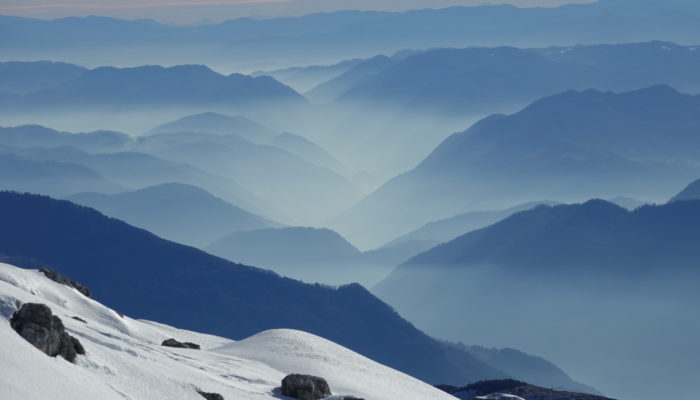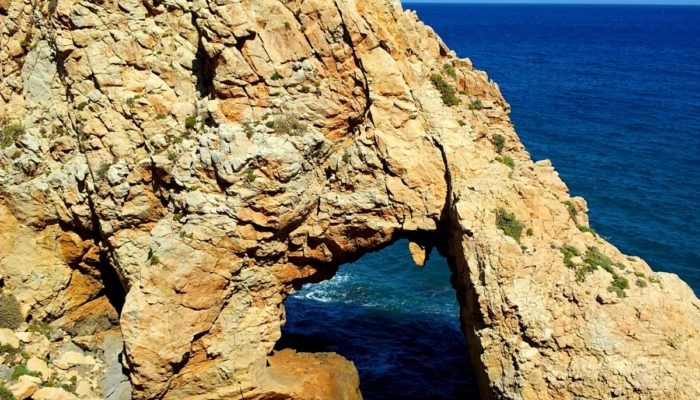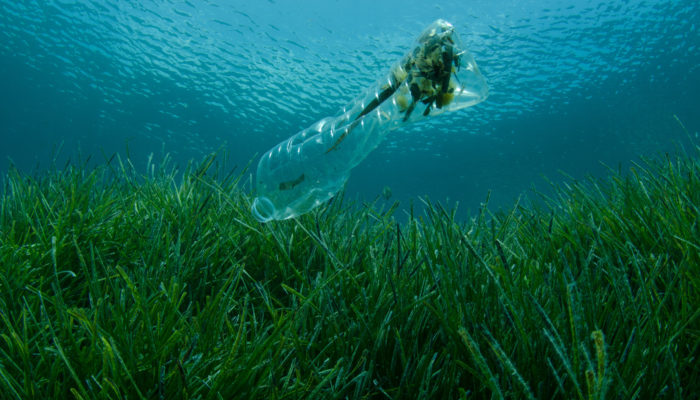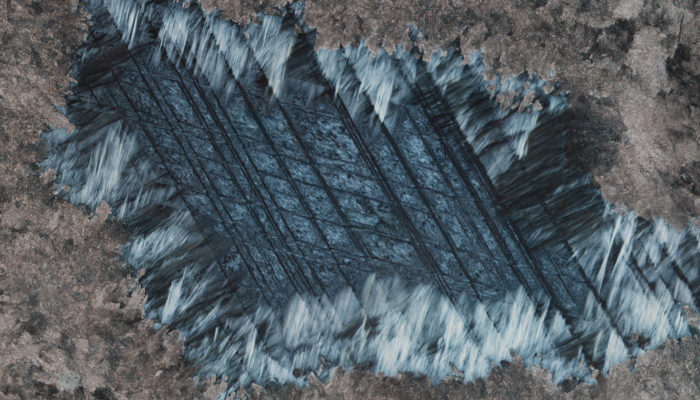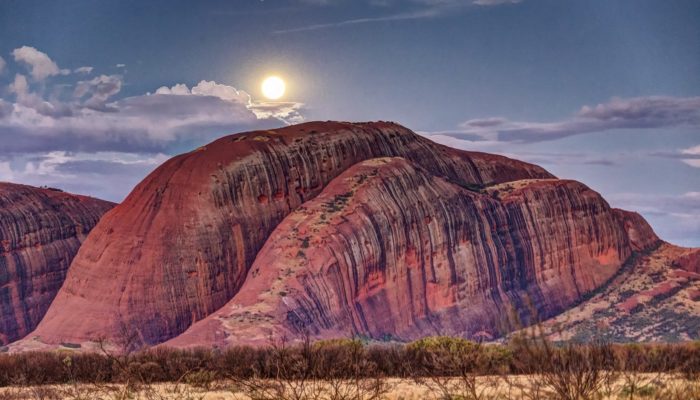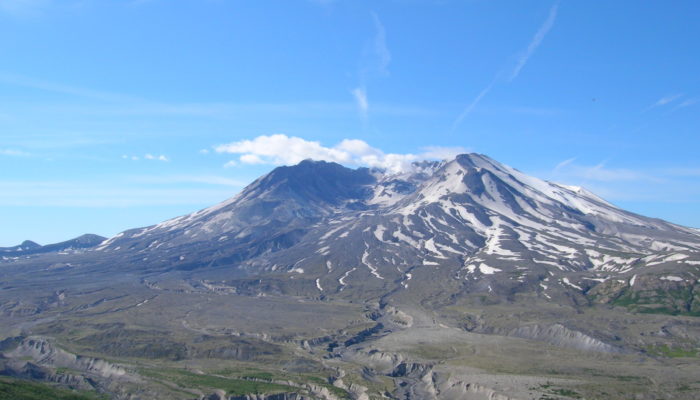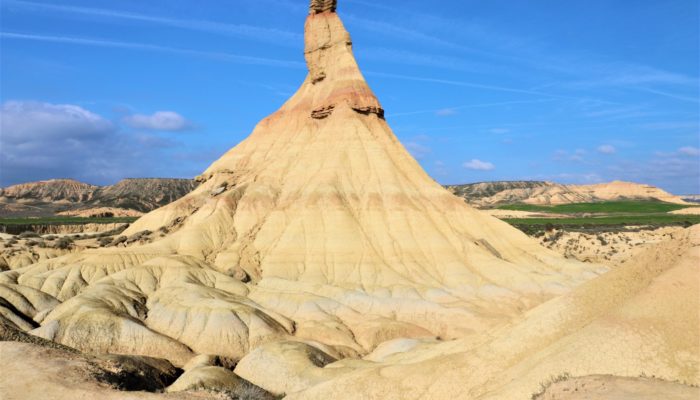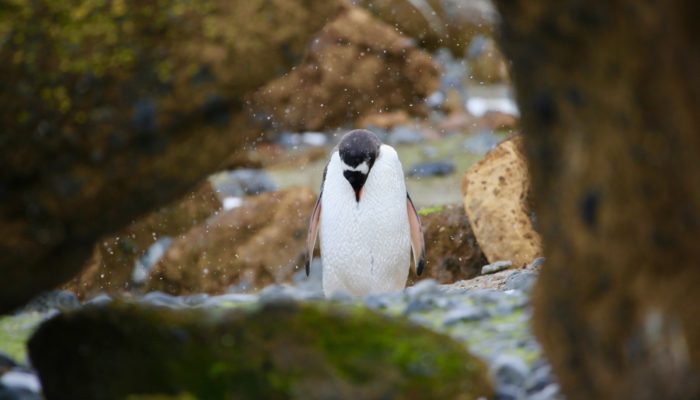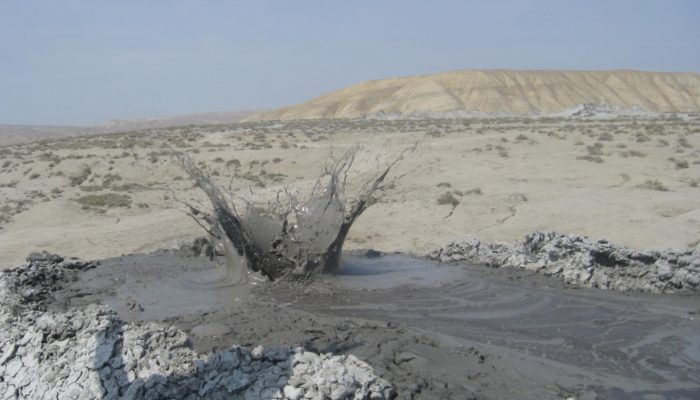Space weather is a ubiquitous, but little known, natural hazard. Though not as tangible as a volcanic eruption, storm or tsunami wave, space weather has the potenital to cause huge economic losses across the globe. In Europe alone, the interaction of solar wind with our planet’s magnetosphere, ionosphere and thermosphere, could lead to disrutions to space-based telecommunications, broadcasti ...[Read More]
If you didn't find what you was looking for try searching again.
GeoLog
Imaggeo On Mondays: The valley along the fault
The Idrija fault is a an active fault crossing Slovenia for more than 100 km in a NW-SE direction and is responsible for several important geological features in the country. Among them, we can mention the former-active mercury mine of Idrija which has registered as a Unesco World Heritage site since 2012. Another example that demonstrates the impact of this fault is it’s effect on th ...[Read More]
GeoLog
Imaggeo On Mondays: Natural Arch
This natural arch named Pirulico’s tower is located in Mojácar, situated in the south east of the Province of Almería (Andalucia) in southern Spain. A natural arch, natural bridge or, less commonly, a rock arch is a natural rock formation where a rock arch forms, with an opening underneath. Most natural arches form as a narrow bridge, walled by cliffs, become narrower from erosion, wi ...[Read More]
GeoLog
Imaggeo On Mondays: “The most valuable thing we extract from the ocean is our existence” Dr Sylvia Earle
Marine plastic is just one of the many challenges facing the future of our oceans. For many years researchers have been attempting to understand this problem, but it can be surprising to learn how many things are still unknown, even in oceans we may think of as being familiar. The Mediterranean Sea is one such place, where this photograph was taken by David Jones just off the coast of Malta. ...[Read More]
GeoLog
Imaggeo on Mondays: The Grid – A serpentine pseudomorph after carbonate
The structures in this photo might look three-dimensional, but they are completely flat. It is a photo of a polished thinsection of a rock, taken through a petrographic microscope under cross-polarized light. The width of the image is just 2 mm. The brownish mineral around the edges is carbonate, the white to grey mineral in the centre is serpentine, a water-bearing silicate mineral. The different ...[Read More]
GeoLog
Imaggeo on Mondays: Moonrise at Kata Tjuta
This is a high-dynamic-range (HDR) photograph of moonrise over the hills of Kata Tjuta in central Australia. The HDR technique allows details to be seen in the deep shadows and well as in the brighter parts of the image. Kata Tjuta (formerly known as The Olgas) means ‘many heads’ in the Pitjantjatjara language, spoken by the local Anangu people. The location is approximately 360 km SW of the ...[Read More]
GeoLog
Imaggeo on Mondays: Loowit – the lady of fire.
Today marks the 40th anniversary of the explosive eruption of volcano Mount St Helens, in western Washington State in the USA. So we wanted to feature this iconic volcano in this week, in our weekly feature, Imaggeo On Mondays. If you would like your imaggeo image featured in our blog, please contact the EGU Communications Officer. Mt St Helens, in Washington State USA, is possibly one of t ...[Read More]
GeoLog
Imaggeo on Mondays: Striking erosion in the Bardenas Reales
The Castil de Tierra has become the symbol of the Bardenas Reales region which is geographically located in the south-eastern margin of the Navarra Province in northern Spain. The Bardenas Reales is a semi-desert natural region situated in the middle-western sector of the Ebro depression. The geology is made up of Tertiary and Quaternary sediments. Rainfall events, wind and high temperatures enhan ...[Read More]
GeoLog
Imaggeo on Mondays: A window to ice and fire
Brown Bluff is a basalt tuya located on the Tabarin Peninsula of northern Antarctica. This site supports a breeding colony of about 20,000 pairs of adelie penguins and about 550 pairs of gentoo penguins. Geologically speaking, Brown Bluff is simply fascinating. The towering bluffs were the result of an explosive volcanic eruption under ice. Large boulders have toppled from Brown Bluff to the beach ...[Read More]
GeoLog
Imaggeo on Mondays: Azerbaijan Mud Volcano
Azerbaijan one of the best places in the world to find mud volcanoes, because of the number that are in the country. Mud volcanoes are broadly spread across Azerbaijan. About 350 of approximate 800 mud volcanoes in the world are found in the Azerbaijani Republic. This includes both underground and submarine mud volcanoes, which also famed in Azerbaijan. There are more than 140 submarine mud ...[Read More]


